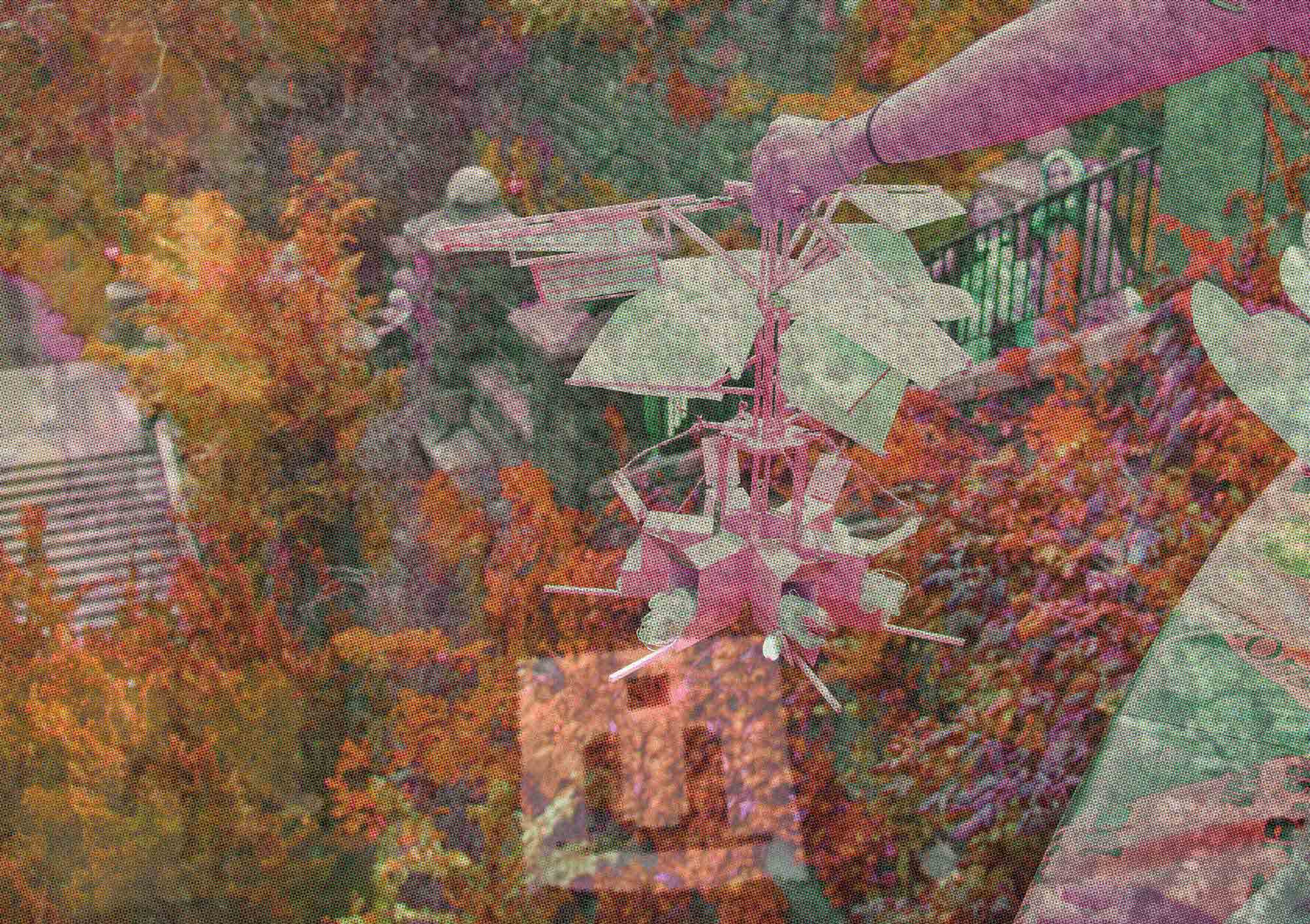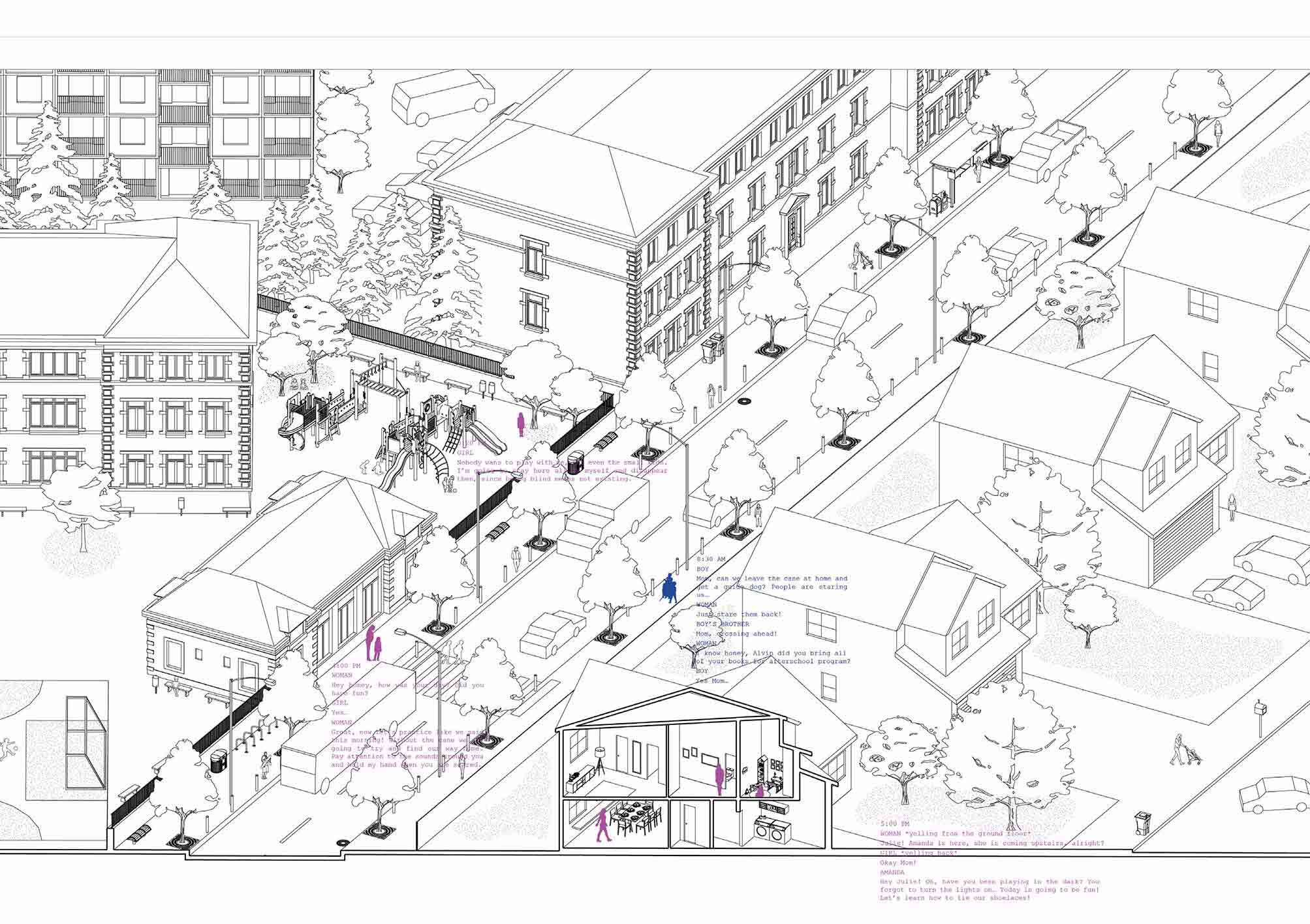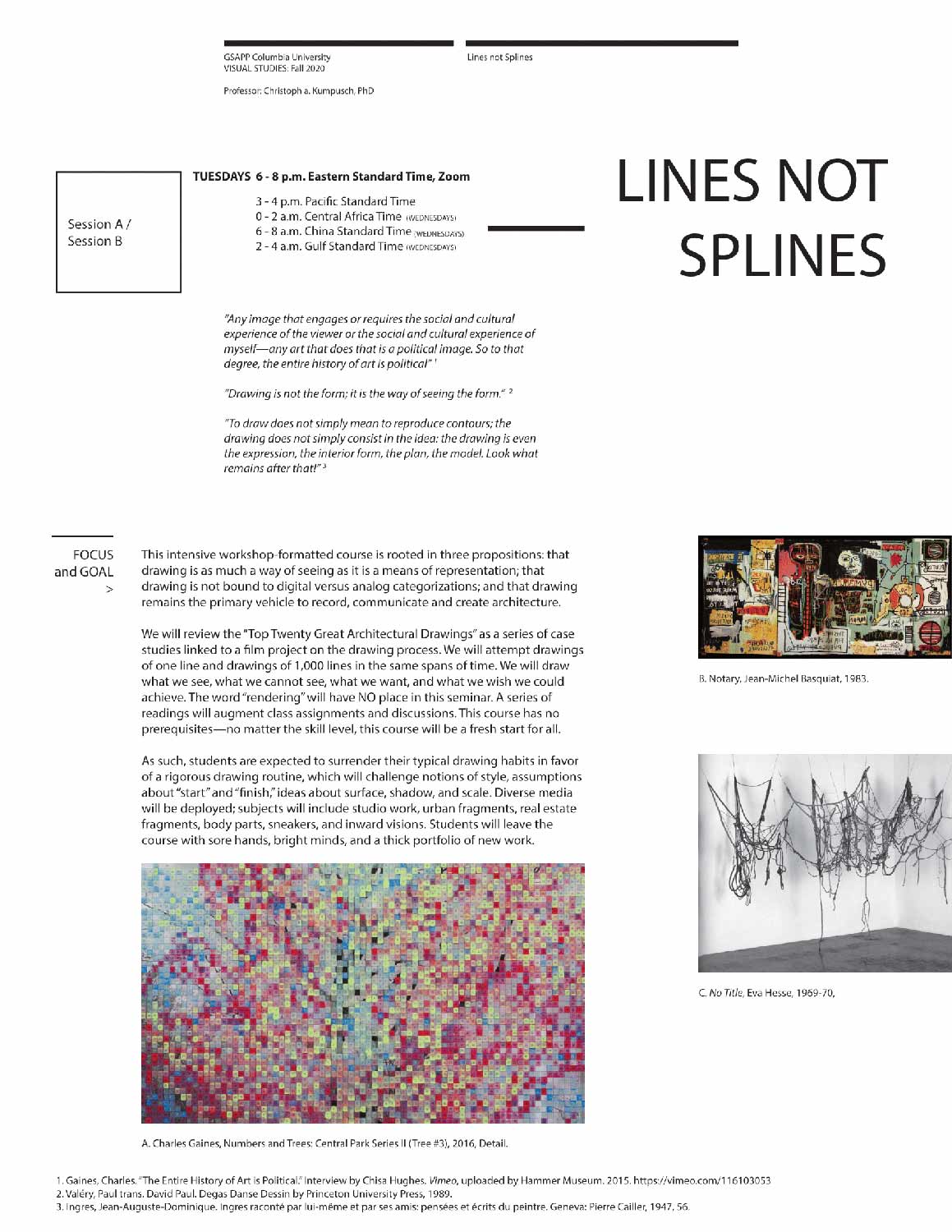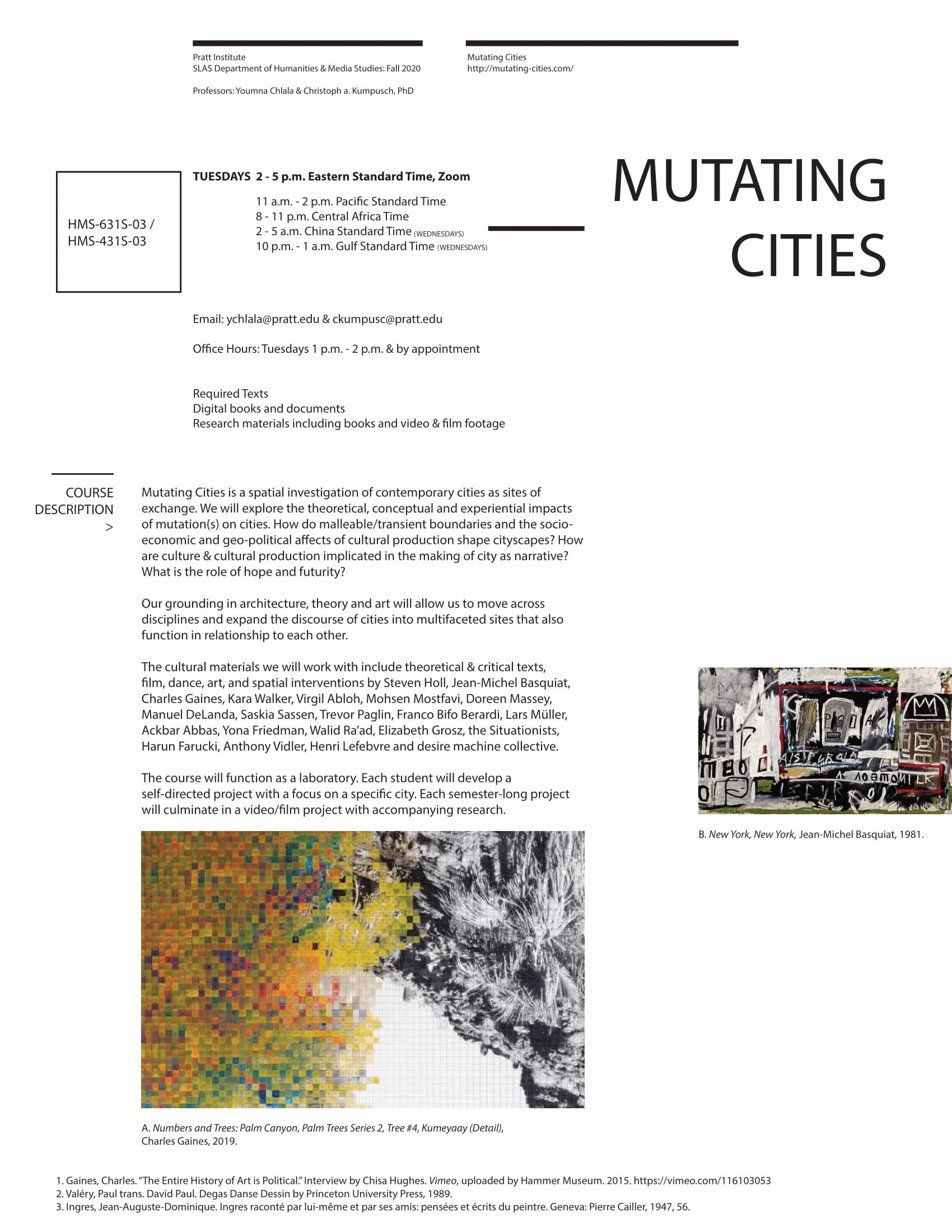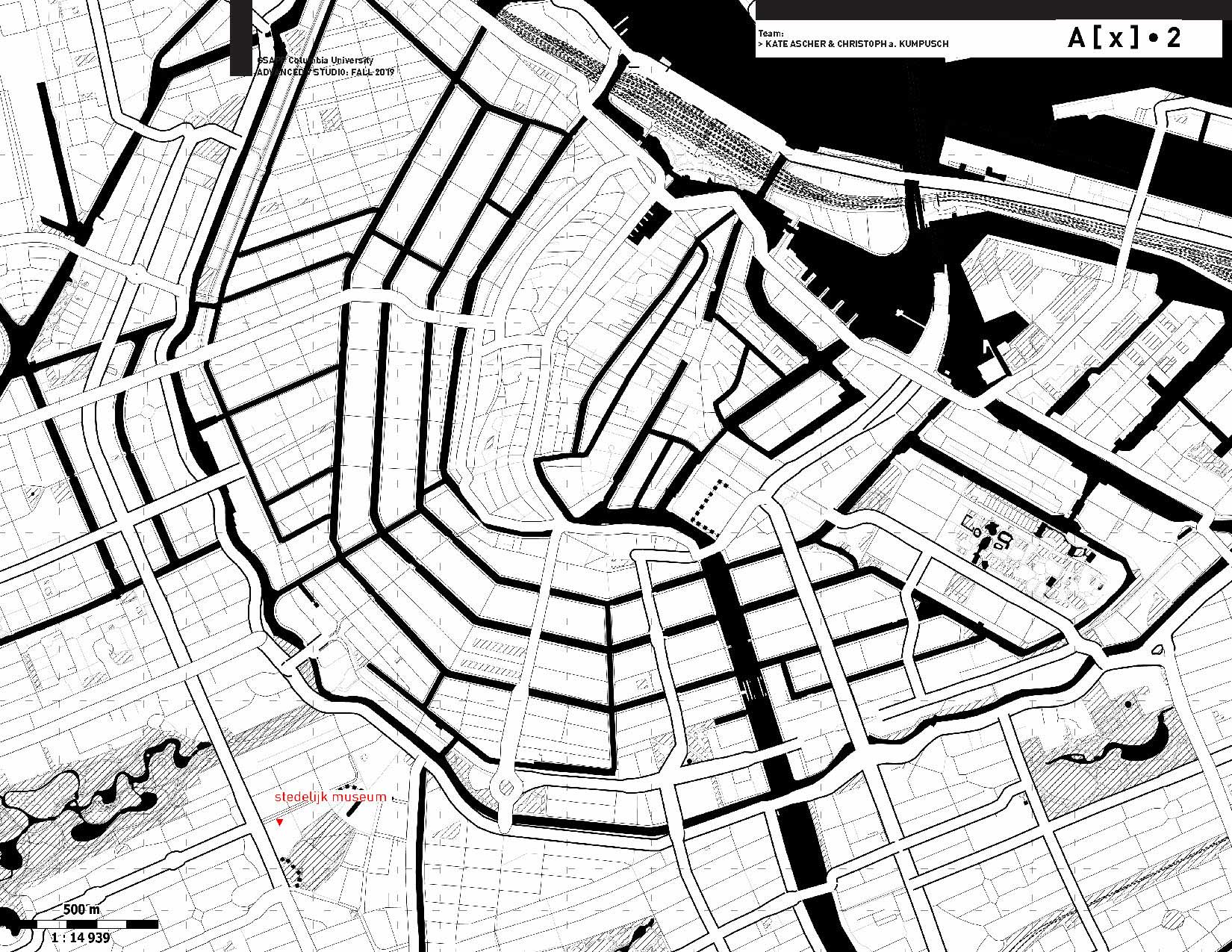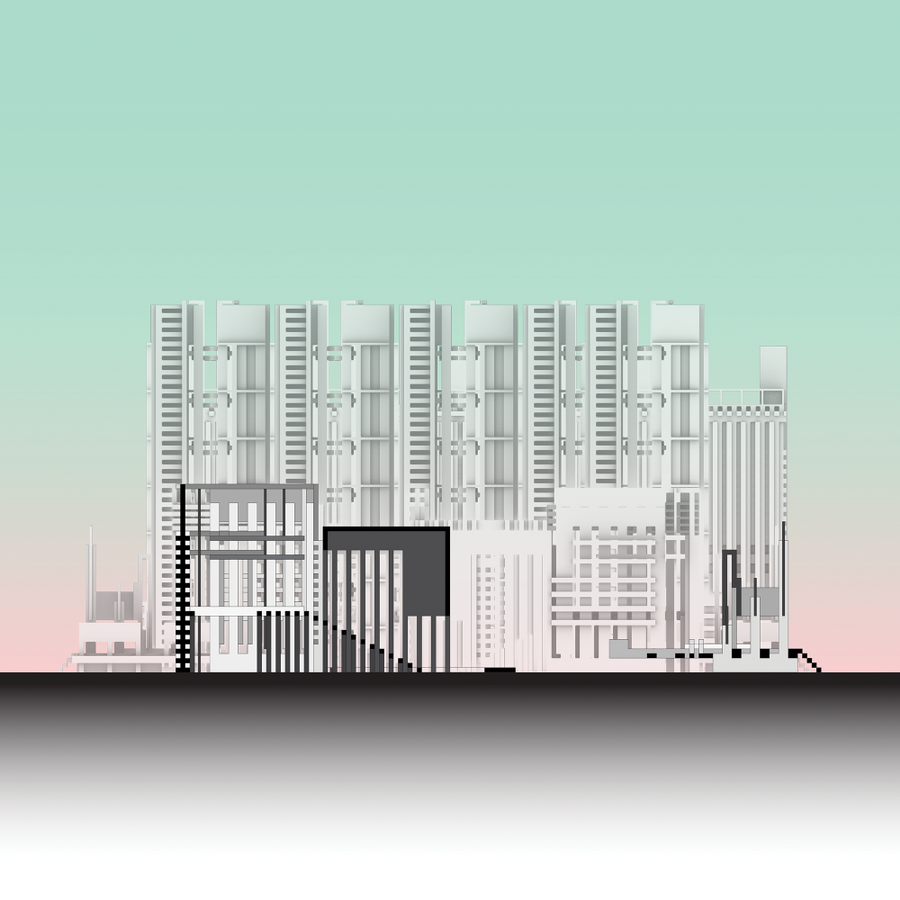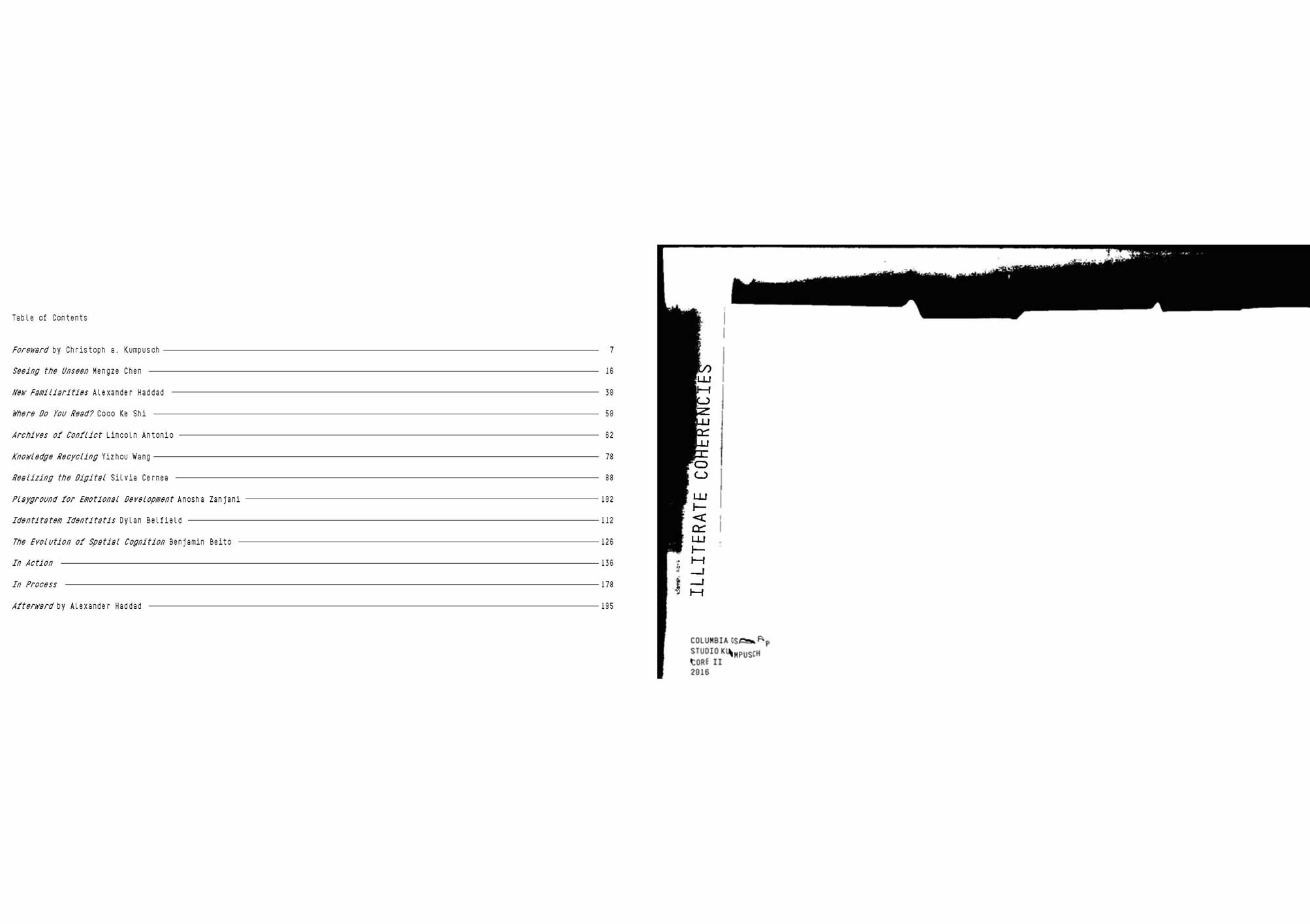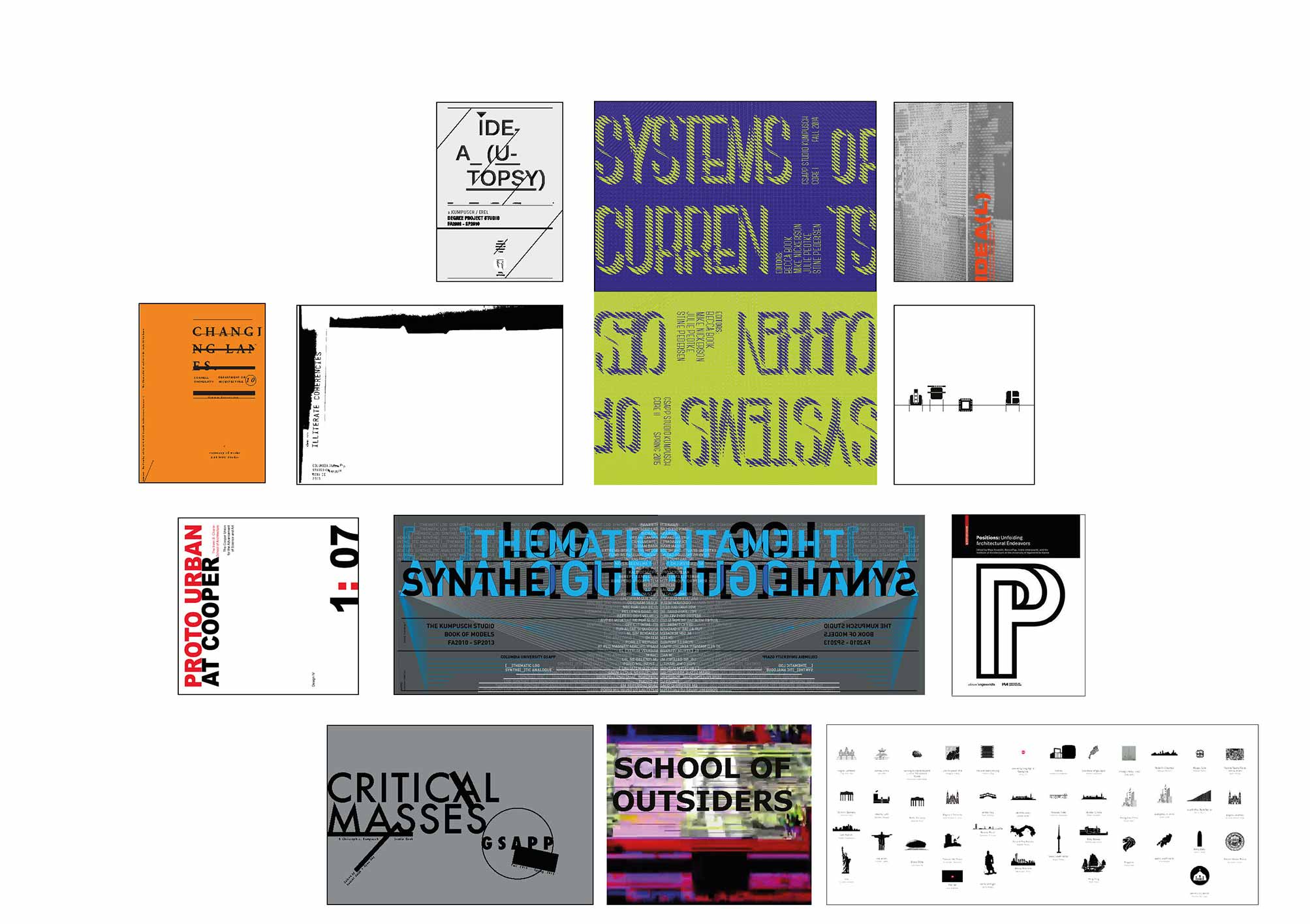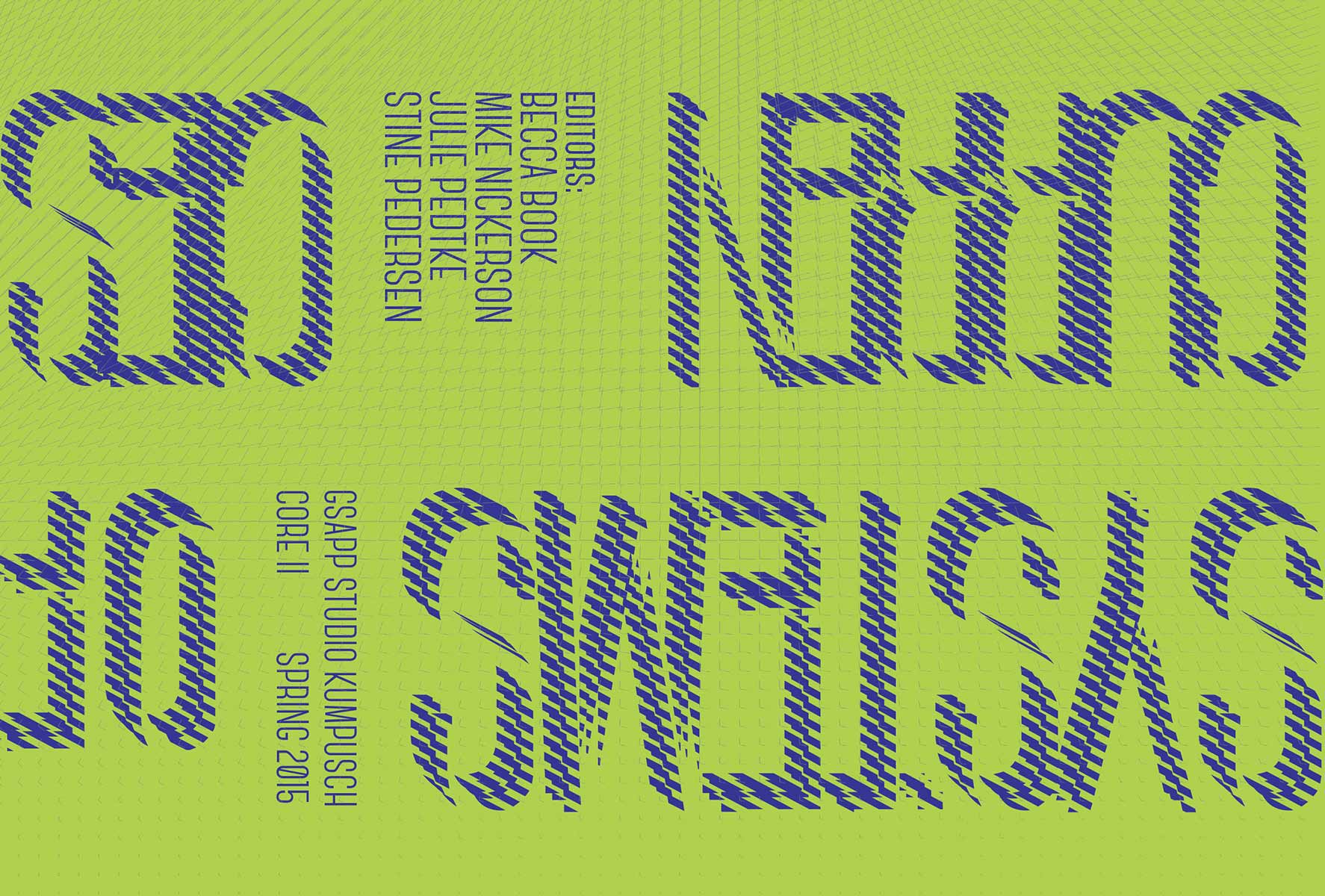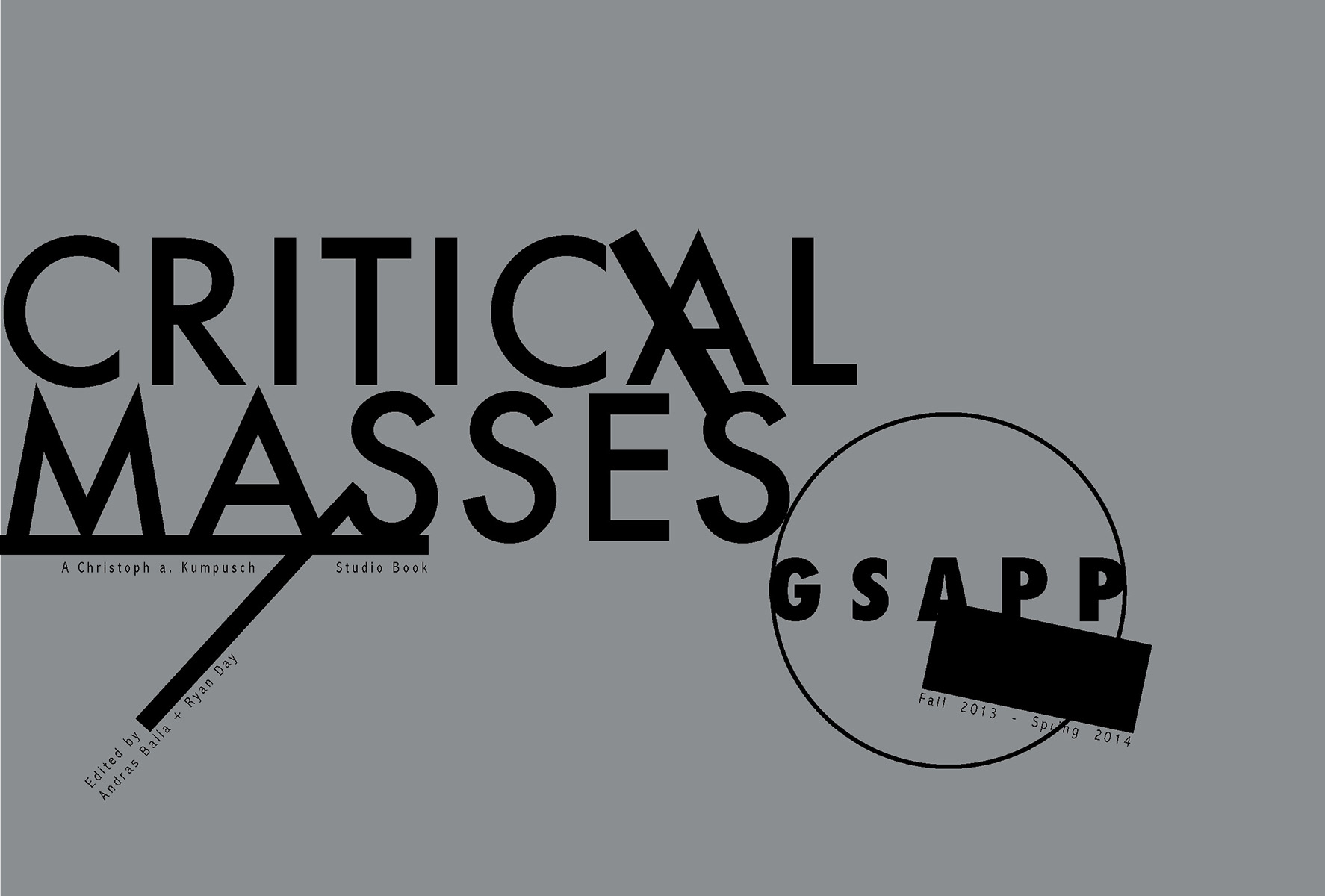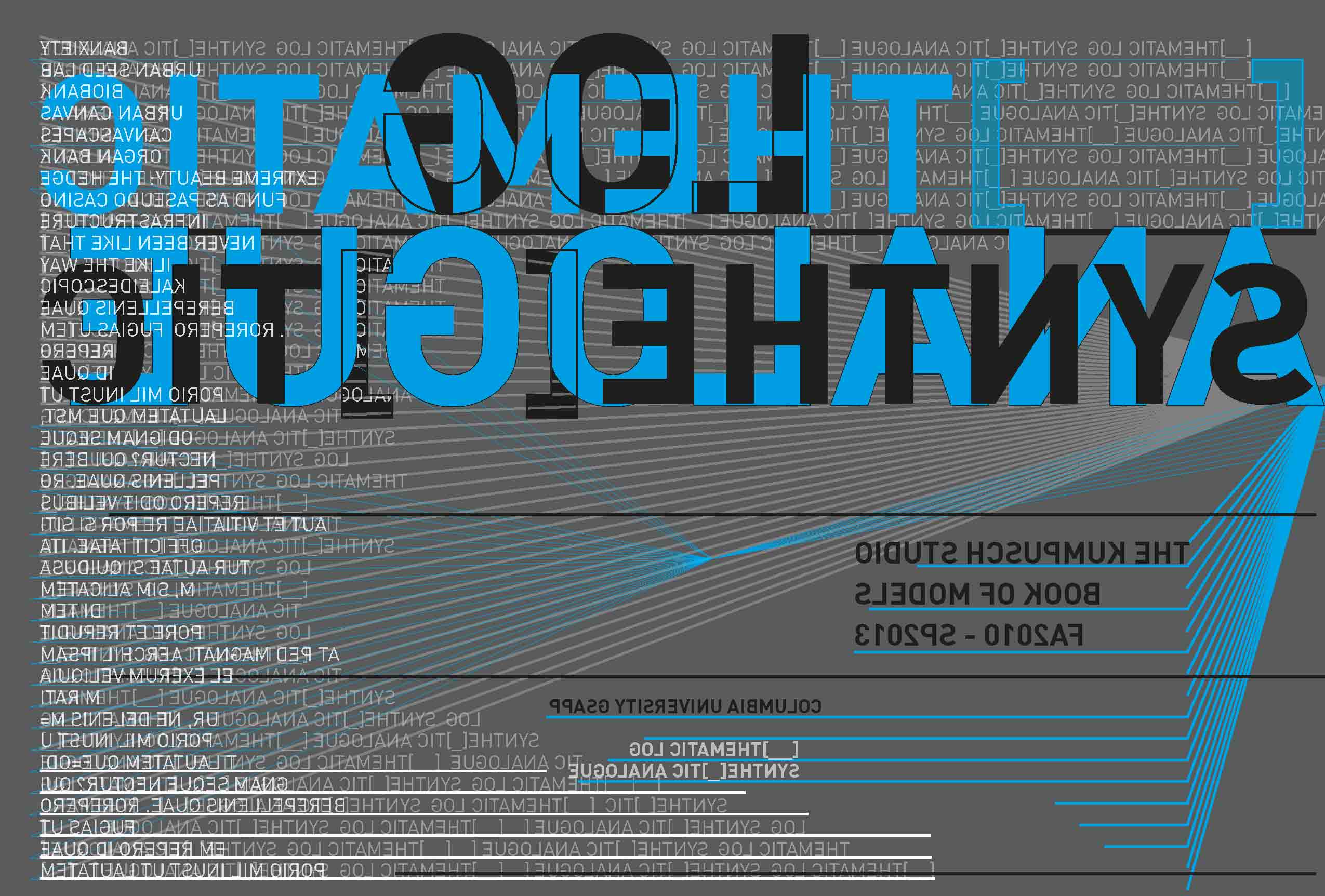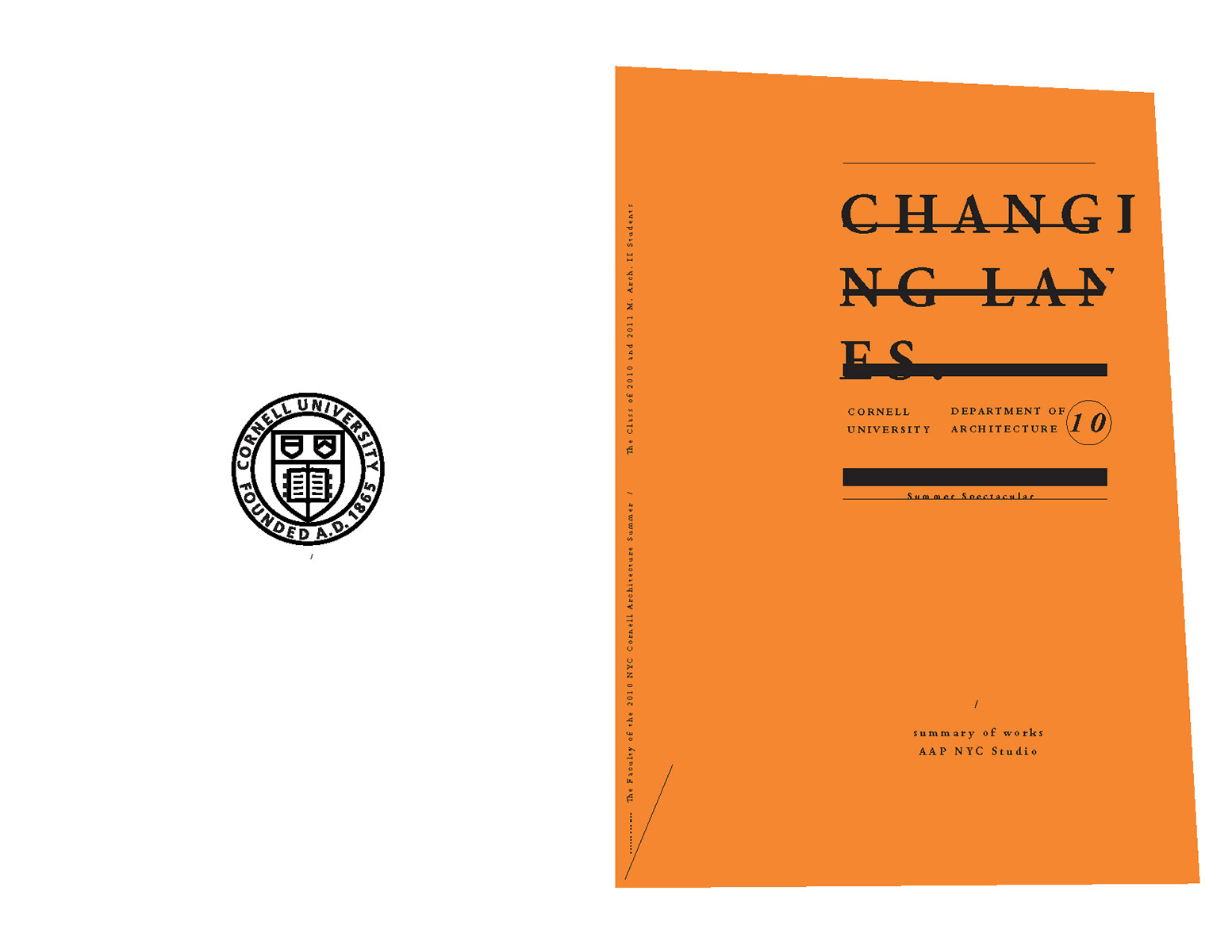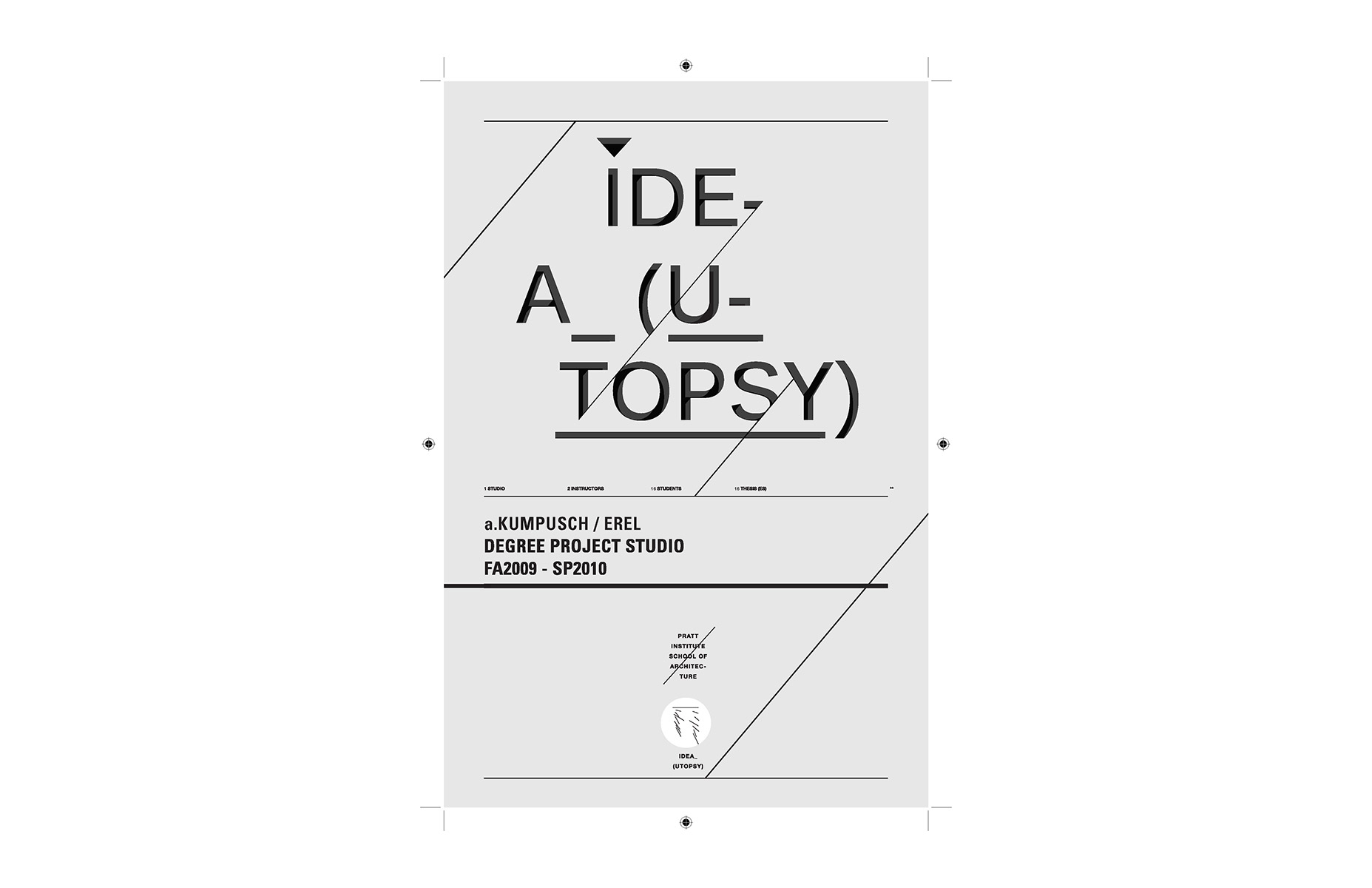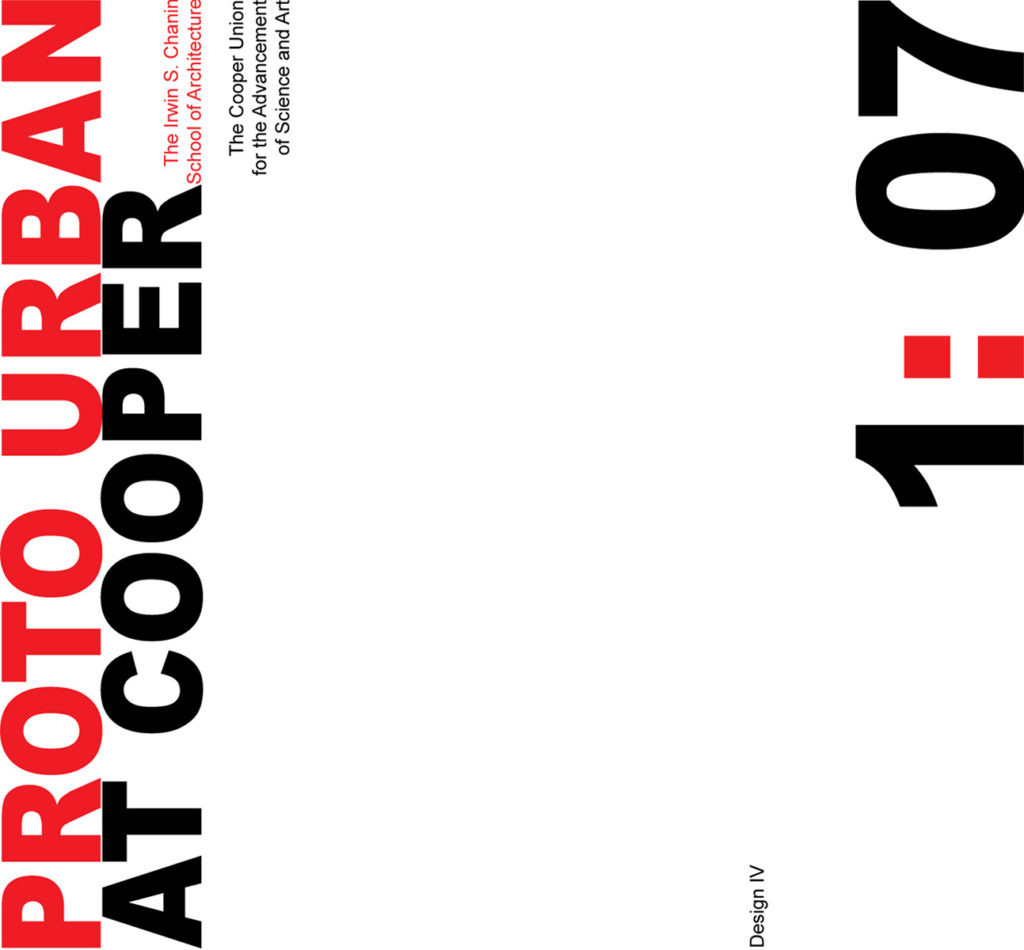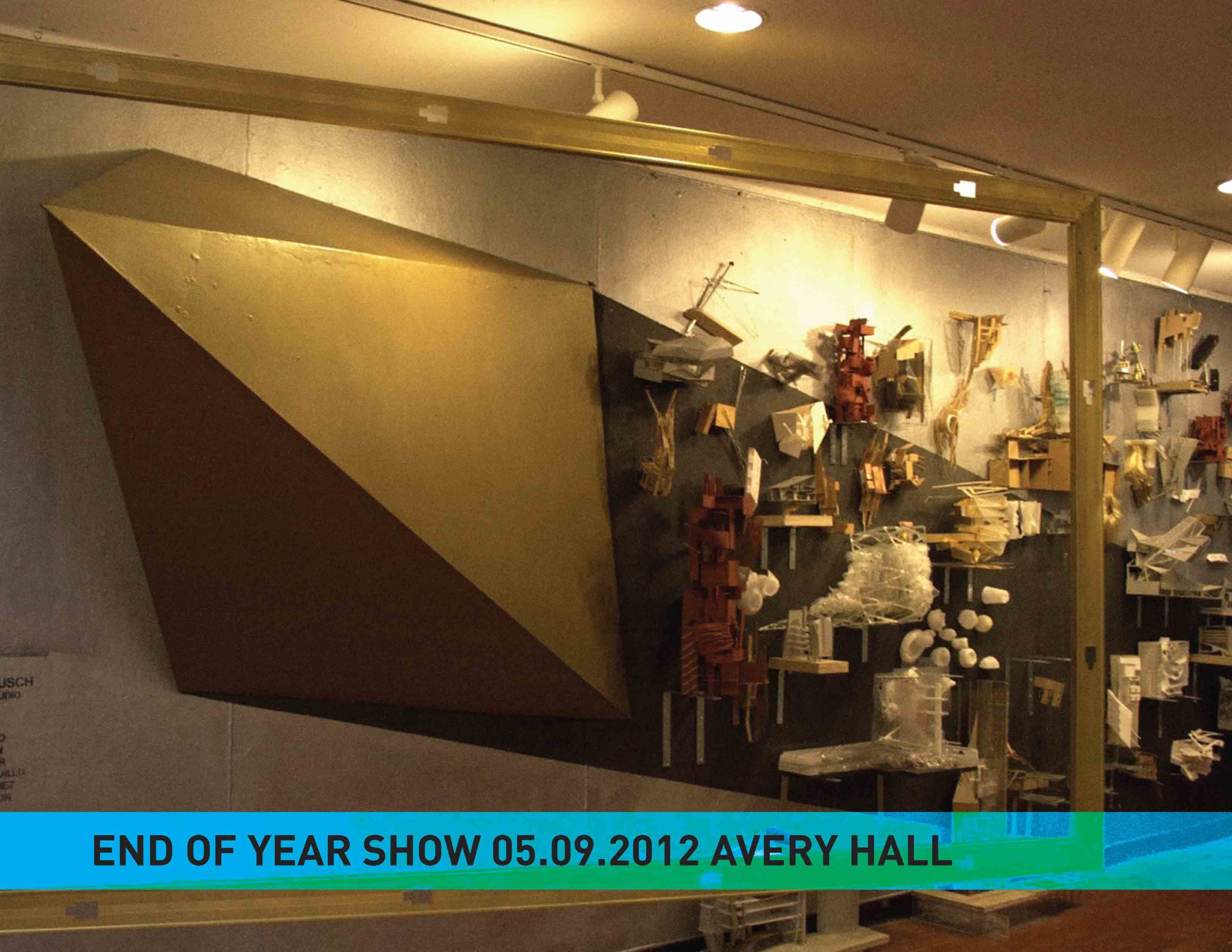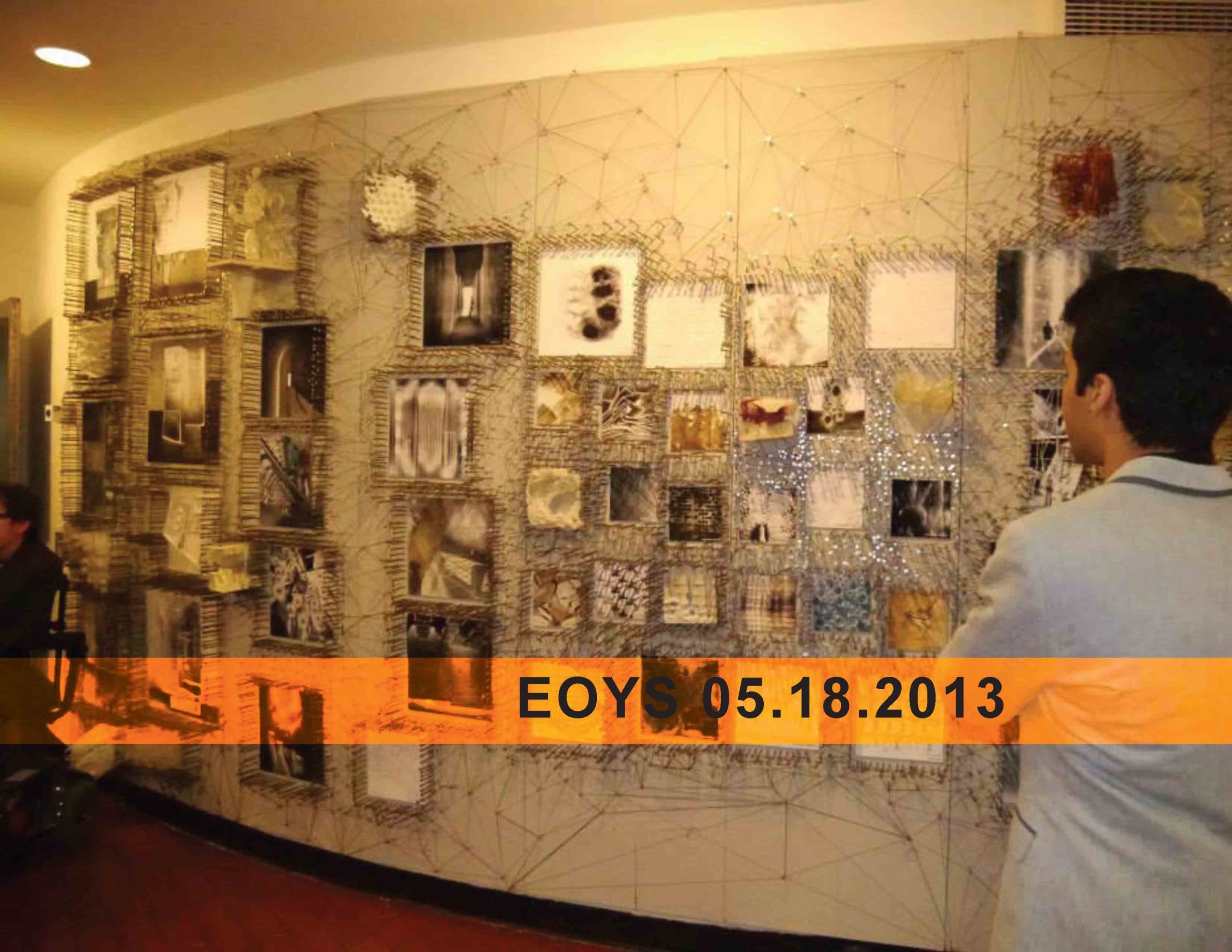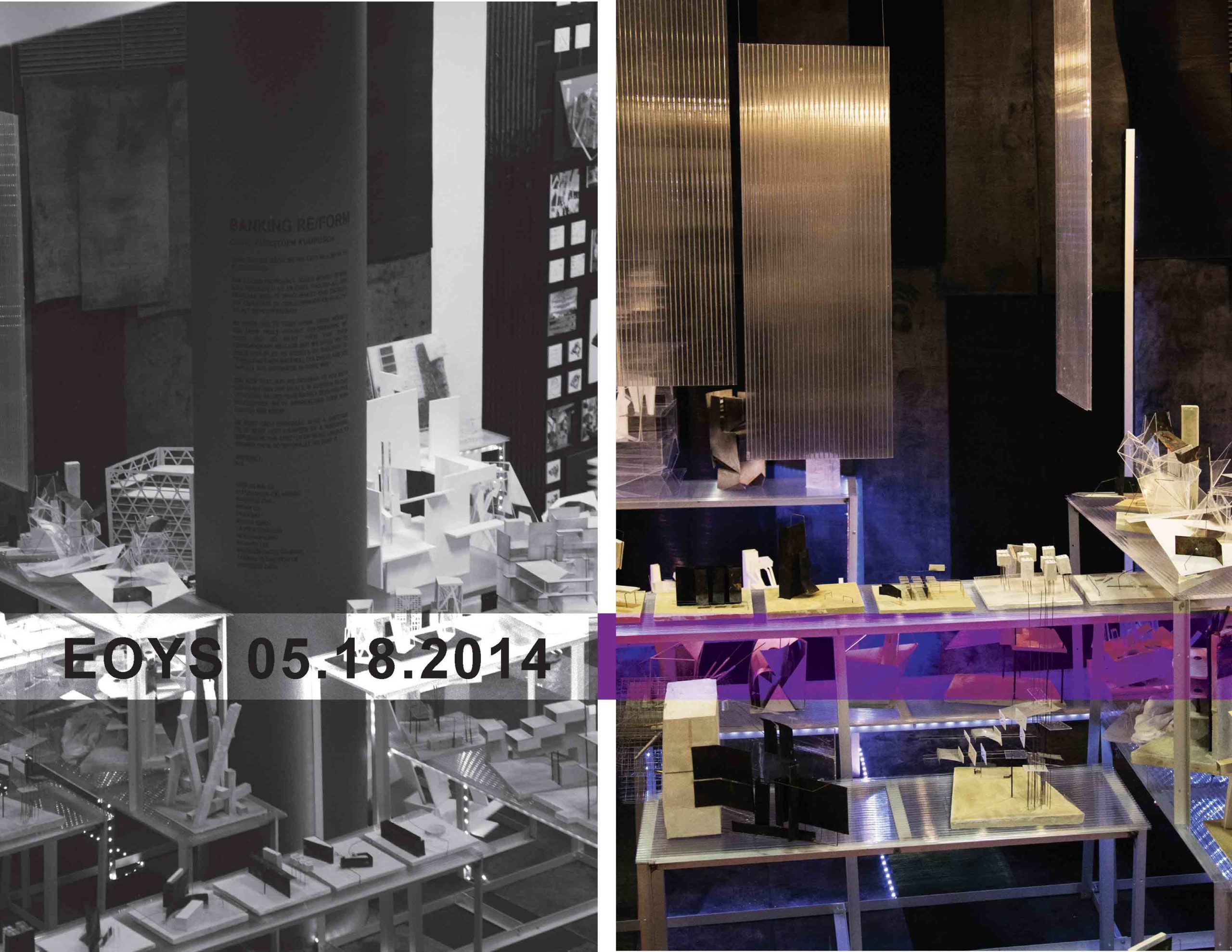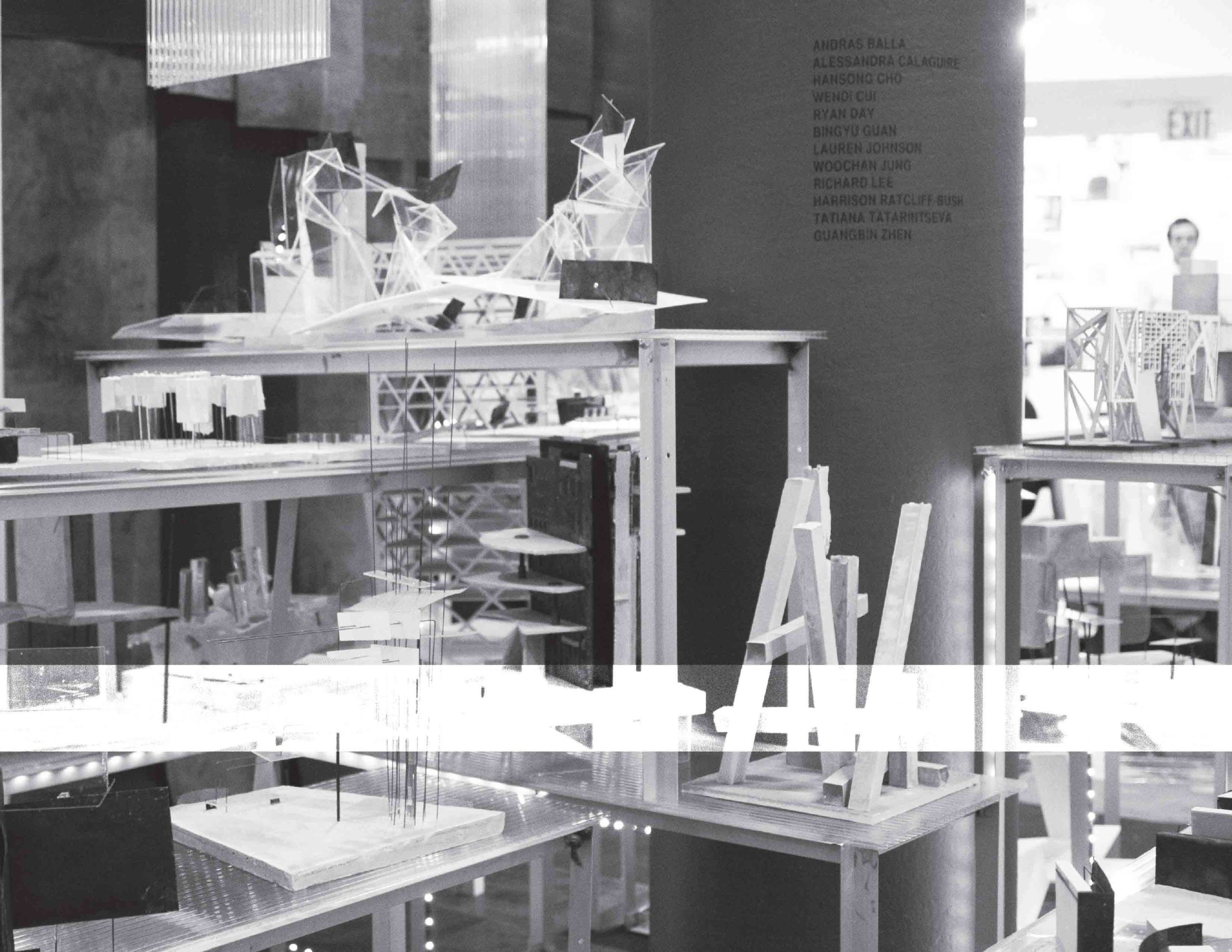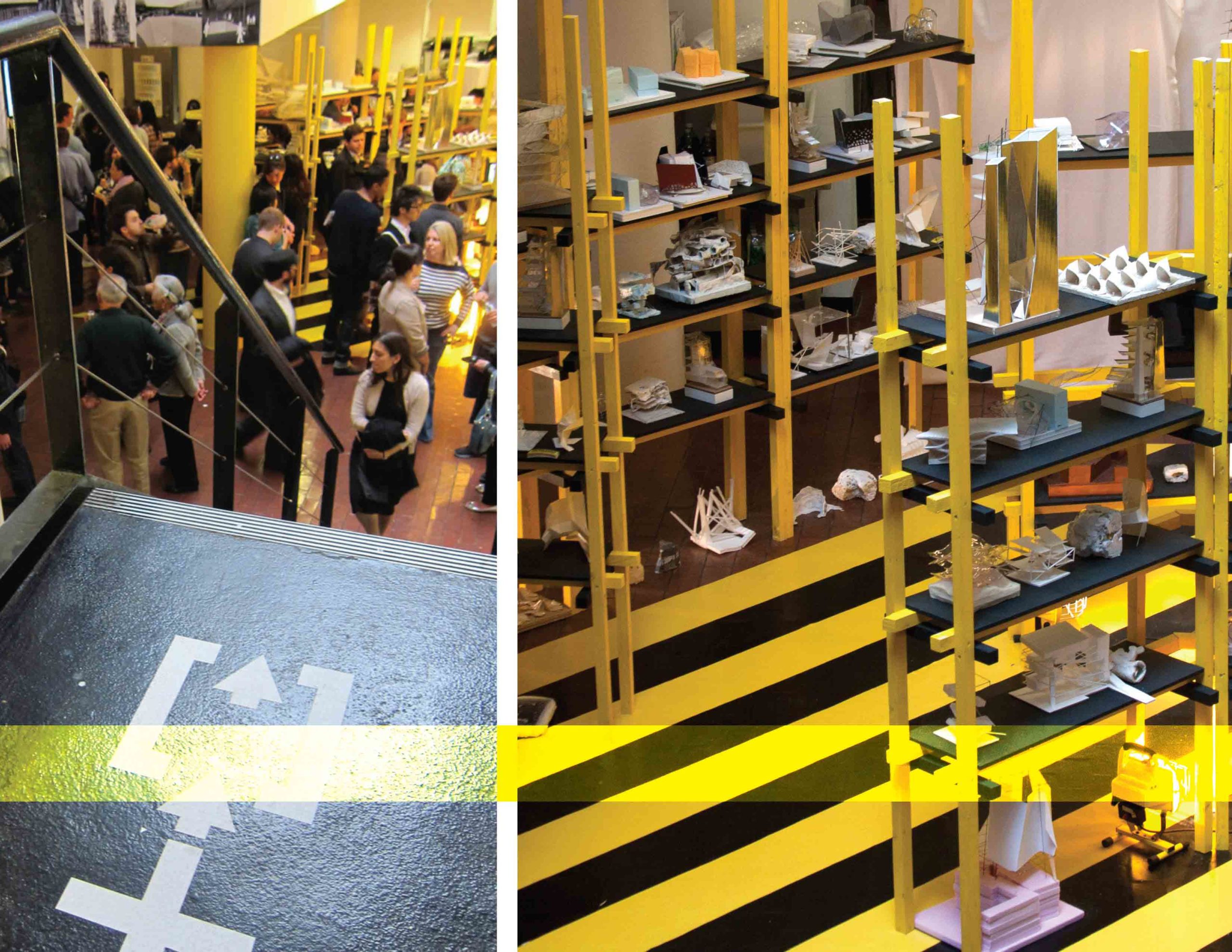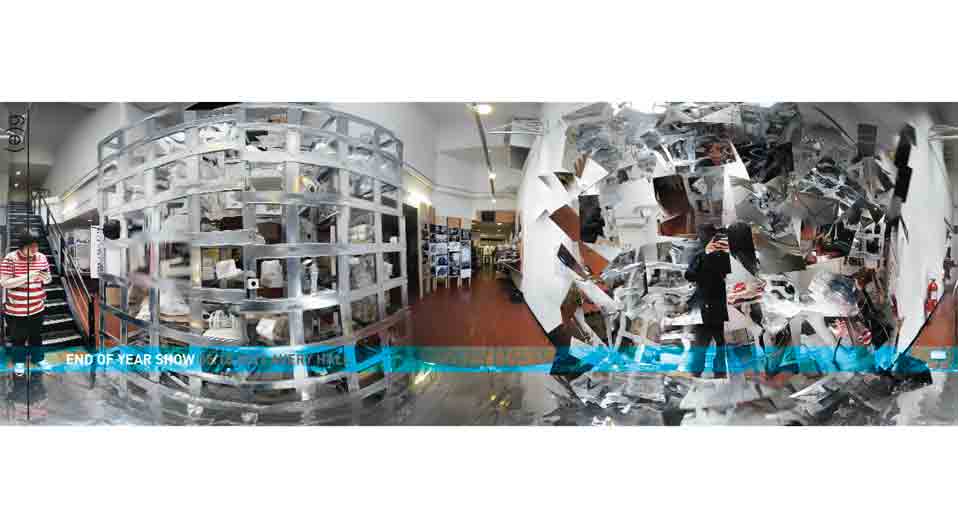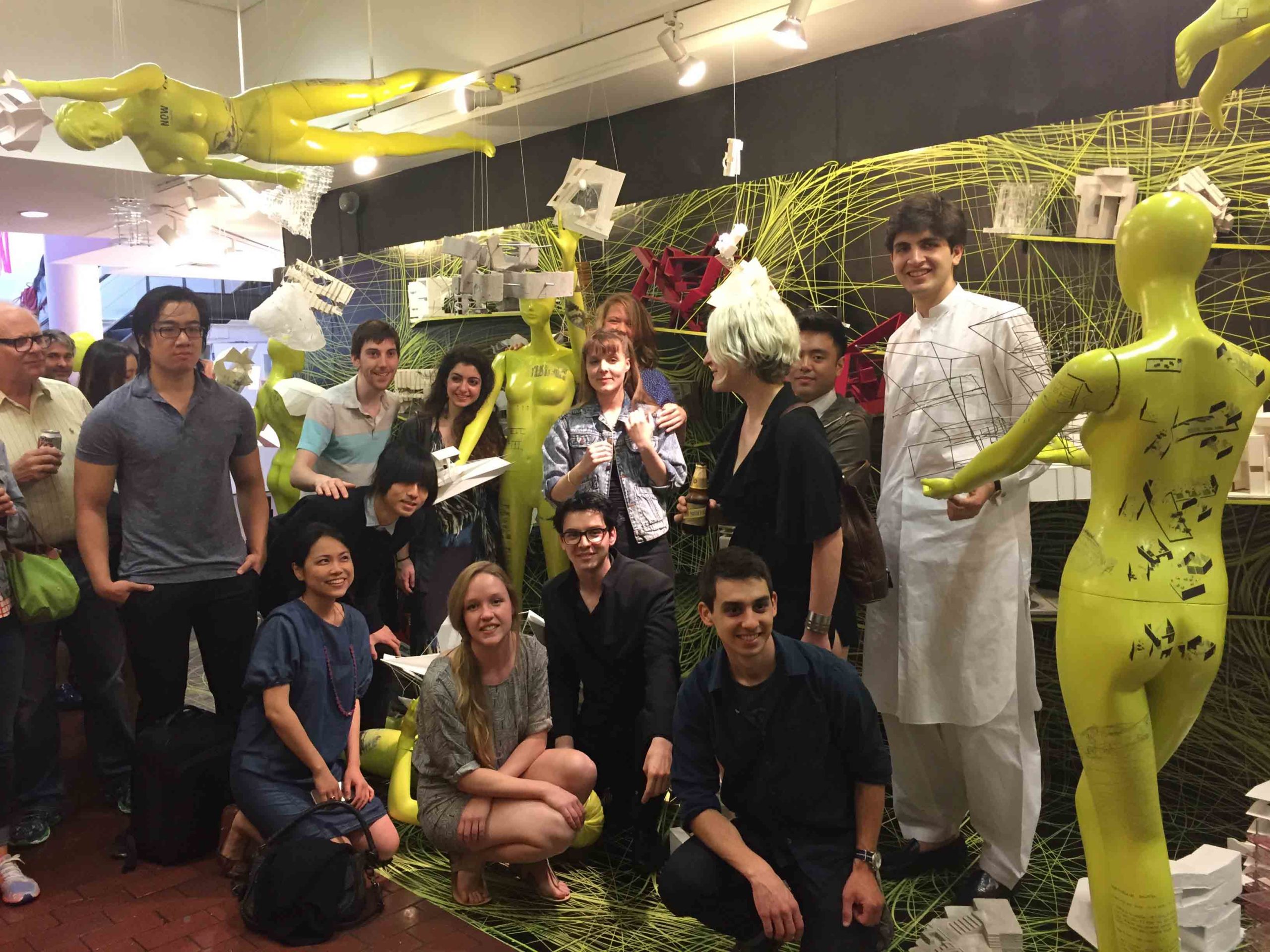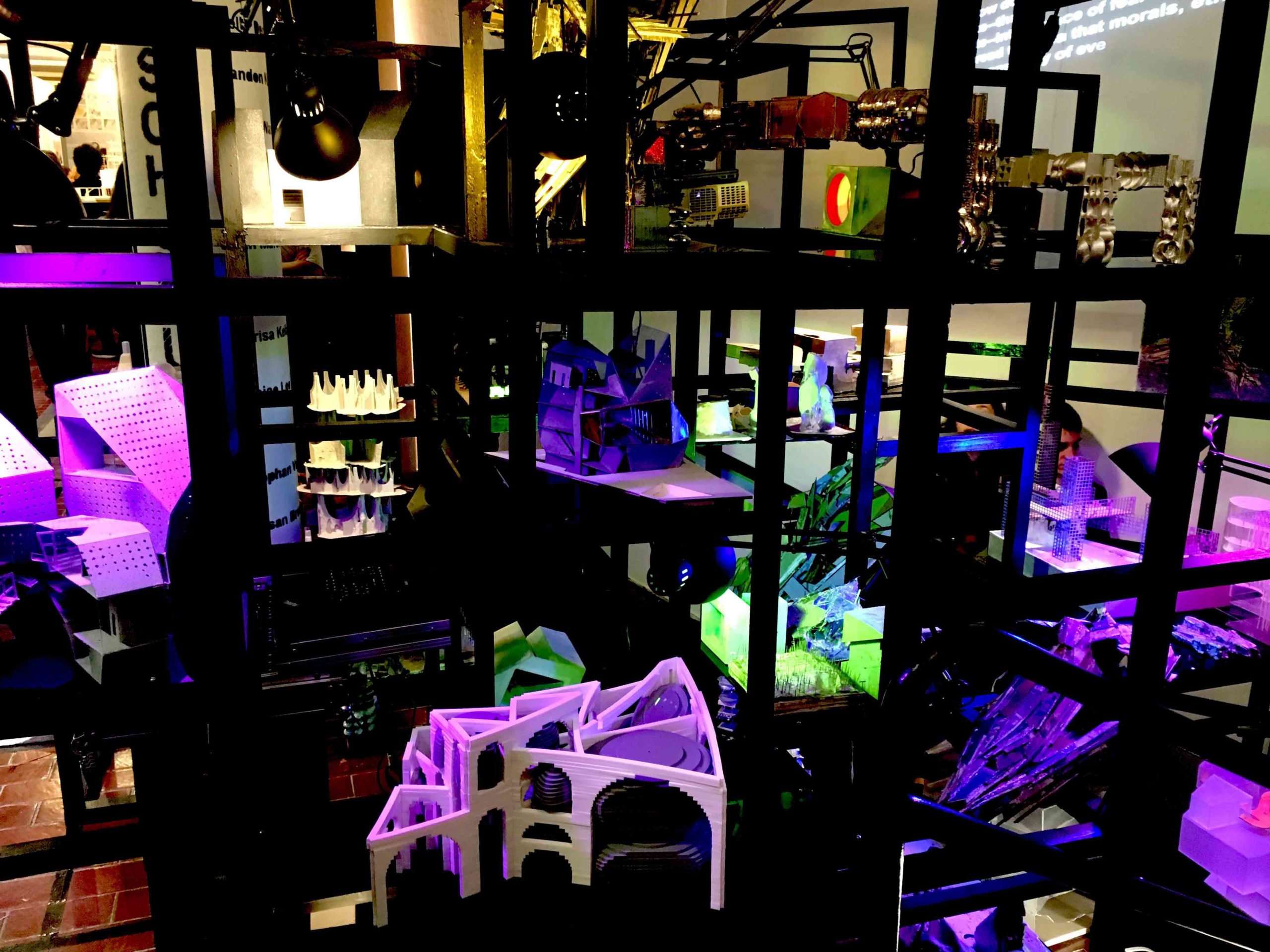TEACHING
RED∩ARCH
EQUITY . ADVOCACY . ADAPTABILITY . VARIABILITY . SUSTAINABILITY
STATEMENT OF TEACHING PHILOSOPHY
My teaching methodology is grounded on an intensive phase of research and production. I harness and channel social equity, cross cultural momentum and non-binary positionality into architectural making. This approach frontloads new vocabulary, precedents, design prompts, quick assignments, and ambitions to build a full menu of language, and references for subsequent references as the students’ creative arc lengthens. RED∩ARCH understands and investigates its references—it assigns value to what can be identified. I promote regularly scheduled injections of ideas and inspirations from our mentor and teaching teams, including field trips, film screenings, weekly syntactic lectures, word marathons, workshops on making, and sessions on storytelling.
This method assumes that “no unexamined life is worth living” by transforming documentation into a continuous and reflexive process; documentation becomes a practice of recording everything studio-related—at all times—and underscores the value of all attempts and iterations throughout the student’s journey. My ambition is to make human actions and interactions with our natural and built environments as responsible, equitable, and energy conscious as possible; at the center is each student’s universe, an experience they can wake up to each day and be excited about—one they won’t forget in years to come. I interweave individual and group work, zoom in and out, push the use of drawings and models as speculative and representational tools, promote community outreach, and formulate meta themes. Most recently my studio has focused on architecture and advocacy. The School for Outsiders and the Library of Illiteracy were the subjects of the Core studios in which we focused on empowering those in the community that were often unfairly forgotten. Additionally, the joint-taught bridge studio between RED & ARCH with Prof. Kate Ascher tackled climate change, as we explored strategies and proposals around the concepts of “living with water” in Amsterdam and Upstate New York, while also researching “room for the river” implementations in Amsterdam. While it is important to first understand and learn fundamentals, we are at a moment where architecture and the city, or the rural, or simply its context, are never separate. We will progressively become more integrated in our social and physical contexts. Our foundational ground shifts with modifiers or syntax: infrastructural field conditions, vantage points, lines of inquiry, energy vectors, and planes of dissection. We will develop an architectural language through a series of case specific and community based projects and engagements that move between scales: from the human to the urban, the architectural detail to the master plan, the micro conditions of materiality to macro tectonics of politics and program. Above all, I aim to set a high standard of diversity and energy for every project, lecture, desk- or Zoom- crit, and review: modeling a global sensibility and a distinct set of values that emphasizes the joint-natures of our professions, through human engagement, details, technology, and legible, yet experimental, expression. This combination guarantees an attention to the development of a representational skill-set inseparable from critical conceptualization and project development. I treat students like architects and developers; I respect all ideas and engage them critically and seriously. By setting high expectations, and leading by example with unchecked dedication and energy, I have found the students to respond with incredible work, enthusiasm and urgency.
Teaching
STUDIOS / SEMINARS / WORKSHOPS / COMMUNITY / OUTREACH
Teaching
STUDIO RESEARCH BOOKS
Teaching


